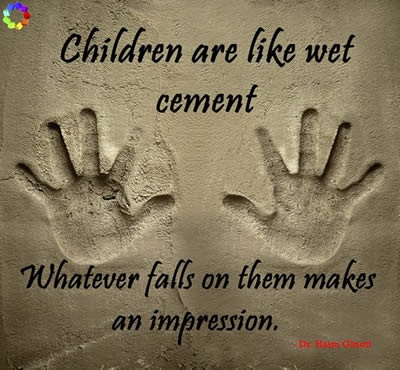Lesson 12: STEM

Learning Outcomes
Upon completion of this lesson's material, students will be able to:
- Explain the importance of STEM in early childhood
- Discuss how to incorporate STEM into an early childhood environment
Teaching
Read STEM in Early Childhood: Teaching Young Learners to Ask Questions and Solve Problems
https://edsolutionsllc.files.wordpress.com/2012/10/stem-content-package.pdf
Read and explore NAEYC resources
- Science, Technology, Engineering, and Math Resources for Early Childhood http://www.naeyc.org/STEM
- Technology and Young Children http://www.naeyc.org/content/technology-and-young-children
Exploring STEM concepts in the Early Childhood Classroom
Link to Your toolkit to Early Childhood STEM Education which contains links resources on STEM
http://archive.brookespublishing.com/content/Brookes-STEM-toolkit.pdf
STEM – Science, Technology, Engineering, and Math
It is never too early to engage children in STEM activities. In fact, many early childhood educators incorporate STEM without even recognizing it, and children often initiate it themselves. Every time something is counted out, even if it just the napkins at snack time, math skills are being developed. A child building in the block area or sand box is engineering. Talking about and exploring nature is science. The water table is science and could be math. Most classrooms have a computer; that is technology.
Children are naturally curious. They want to know “Why?”! That is the basis of STEM, asking why, how, what – basically asking questions. Educators can enhance these opportunities by asking additional questions or guiding thoughts in a certain direction with questions. Infants are able to explore and touch (with supervision – careful observation is necessary). Infants observe the world around them. Even putting things in their mouth is exploratory; they explore textures, shapes, taste.
Educators must also allow children to make predictions, and test ideas. They also need to allow children to take risks and make mistakes, AND be accepting of those mistakes. (Things can and probably will get messy). “Let’s try it and see what happens.” Or “What do you think will happen if….?” This makes children active learners and they will begin to ask their own questions.
To help support children with explorations, educators must make materials available. Access to water, writing materials, books, manipulatives, magnifying glasses, materials of various shapes and sizes, and natural materials can enhance STEM learning opportunities. Also time – simply allowing time for children to observe. Let them watch the snow plow or tractor out the window. Let them observe the weather, and point out weather occurrences. Let them look at the clouds!
I was in a 4 year old classroom once and a storm was coming up the coast. Adults and older children were discussing the pending storm. A few children in the 4 year old room asked some questions. Simple answers were provided. When the children persisted, the educator (I use the term loosely) said, “We will talk about weather in September.” She shut the children’s curiosity down. She missed a very important teaching opportunity in which the children could have learned so much because of their interest.Assessment
Lesson 12 Assignment
Find an article on STEM, or an article on science, technology, engineering, or math. You may use the web to find the article or use the CD in the back of your text. It links to over 60 articles on various topics with many on STEM topics. Write an article summary base on the criteria below
Article Summary
Locate and summarize an article or video about STEM or a component of STEM (you may use the links in the teaching section). Be sure it is a credible source and contains information pertinent to early childhood education. Include a reference to your source, either as a link or an APA reference. Be sure to include the title and author or source.
Your Name______________________________________________________________
Title of Article or video____________________________________________________________
Author__________________________________________________________________
Source (link or reference) __________________________________________________________
Date of Publication________________________________________________________
Detailed Summary:
Write a detailed summary of the article or video. This should give sufficient detail so that the reader gets a sense of the content. Be sure to summarize the article or video in your own words and correctly cite any quotes or factual information. The reader should have a clear understanding of the content of the article or video from the summary. (Pretend you are writing the summary for someone who will not see the article and you want them to understand what it says).
Discuss how STEM education is relevant to early childhood education.
I agree/disagree with the information presented in this article because. . . . . . . (Support your answer).
Each article summary will be graded according to the following criteria:
Requirement |
Points Possible |
Points Earned |
Bibliographic Information -title of video or article, link or reference, author name (if available), date of publication |
10 |
|
Article or video is related to STEM and Early Childhood Education |
10 |
|
Detailed summary of Article
Citations if necessary |
20 |
|
Agree/disagree statement |
10 |
|
Summary includes STEM details and connection to early childhood education |
20 |
|
Proofreading – spelling, grammar, punctuation |
10 |
|
Scholarly Writing of Summary – Does not open with “The article states” or “The author says” |
10 |
|
Grade |
100 |
|
Lesson 12 Discussion
What do you think is important when designing an environment to incorporate STEM? - List THREE and explain why.